Enabling Scalable Insights & Operational Excellence for a Global Diagnostics Lab
Role: Lead Analytics Consultant & Operations Strategist
Client: Global Diagnostics Provider (Client data is anonymized in compliance with NDA)
Tools Used: Tableau, MySQL, Excel, Microsoft Teams, Visio, SharePoint, PowerPoint, Lean Six Sigma frameworks
Project 1: Operational Playbook & Intranet Development
Objective:
Streamline cross-functional collaboration by developing a centralized knowledge hub and standardizing team processes during a period of organizational change.
Key Actions:
Cross-Departmental Collaboration & Needs Assessment:
Facilitated interviews and working sessions with team leads across Sales, Customer Service, PSR (Patient Service Representative), and Billing to identify knowledge gaps and inconsistent workflows
Facilitated open discussions that surfaced hidden friction points and opportunities to streamline communications
Sample of the Project’s Gantt Roadmap
Development of Operational Playbook:
Developed a detailed Gantt-based implementation roadmap
Authored a detailed, user-friendly guide outlining roles, SLAs, KPI Definitions, Escalation Trees/Process Maps, and other core business resources
Prioritized accessibility and readability to ensure the playbook became a go-to resource across multiple departments
Launch of Centralized Intranet Hub:
Partnered with IT to build and deploy a SharePoint-based intranet as a central home for live documentation and the operational playbook
Ensured permissions, searchability, and ease of updates met day-to-day operational needs
Executive Communication & Change Management:
Provided regular updates and progress summaries to the executive team, highlighting process wins and barriers to alignment
Gained leadership buy-in to support documentation standards and incentivize consistent usage
Results:
Reduced cross-departmental miscommunication incidents by ~40% in first 90 days
Accelerated new hire onboarding by 25%
Created a scalable knowledge base for global expansion
Project 2: Data Integration & CRM Readiness
Objective:
Lay the groundwork for a Microsoft Dynamics CRM rollout by consolidating and structuring key operational data and uncovering actionable insights.
Key Actions:
Data Source Consolidation:
Conducted a data audit identifying 12 systems across Sales, Customer Service, and Operations
Standardized naming conventions, data types, and record structures to align legacy systems with CRM requirements
Used MySQL to clean, merge, and manage data in preparation for CRM migration
Regional Sales Dashboard 1st Iteration
Dashboard Development for Data Visibility:
Built interim Excel-based dashboards to provide leadership with real-time operational insights ahead of full Tableau deployment
Designed interactive Tableau dashboards to monitor performance KPIs, financial metrics, and process bottlenecks
Customer Service Team Lead Dashboard
Customer Service Performance Dashboard 1st Iteration
Customer Service Performance Monitoring:
Created dashboards to track both team-level and individual agent metrics, including:
Idle Time Analysis: Highlighted inactive periods exceeding 15% of logged time
Queue Wait Times: Flagged peak congestion and informed smarter staffing schedules
CSAT Score Correlations: Mapped customer satisfaction scores to agent performance for coaching opportunities
Process Optimization Using Lean Six Sigma Principles:
Conducted value stream mapping to identify and eliminate redundant steps in case resolution workflows
Partnered with team leads to redistribute workload and implement automation where applicable
Stakeholder Engagement & Communication:
Collaborated across departments to tailor dashboards to specific user needs
Presented regular findings to the executive team, framing technical outputs in a strategic context to drive faster decision-making
Results:
Reduced manual data prep time by 60%
Accelerated CRM implementation by over two months
Cut ad hoc reporting requests by 40%
Improved CSAT visibility and service workflow efficiency
Project 3: Predictive Staffing Model & Capacity Planning
Objective:
Build a forecasting tool to help leadership make informed staffing decisions based on historical case volume, seasonality, and performance trends.
Key Actions:
Development of Custom Forecasting Model:
Designed an Excel-based model using historical data, adjusted for ticket volume, handling time, seasonality, and absenteeism
Included scenario analysis features to simulate various backlog and staffing conditions
Visual Representation of Staffing Model (1st Iteration)
Strategic Staffing Recommendations:
Identified areas of overstaffing, leading to data-driven recommendations for hiring freezes without disrupting performance
Flagged potential understaffing risks and aligned staffing levels with seasonal demand
Cross-Training & Workforce Flexibility:
Partnered with team leads to identify roles and skills that could transfer across departments
Helped launch a cross-training initiative allowing CX and Billing teams to support each other during volume fluctuations
Executive-Level Engagement:
Presented model findings, resource gap forecasts, and strategic hiring insights to senior leadership during quarterly planning
Translated technical metrics into business impact, ensuring stakeholder understanding and adoption of recommendations
Results:
Reduced operational costs by 15% through better resource utilization and eliminating inefficiencies.
Reduced customer service queue times by 20%
Created a reusable model still in weekly use for resourcing decisions
Increased workforce flexibility and responsiveness to volume changes





